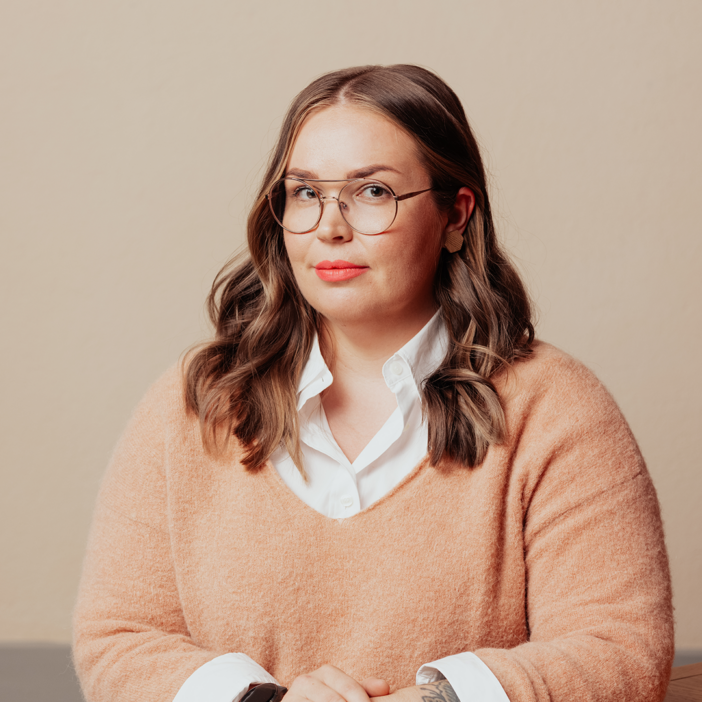Content reusability and financial planning
Content marketing investments are predicted to double by 2028. With cookies being removed, it’s even more important to reach the right audience, in the right channel at the right time. Competition is intensifying and the pressure to produce more, better, faster, faster – and cost-effectively! Dagmar Stories’ CX Strategist Sirpa Toljander and Content Planner Laura Kähkölä explain how to plan and produce content smartly.
As more will be invested in content marketing in the future, the requirements for processes and organised content production will also increase. We need smarter planning, reuse of content and a more strategic approach in all respects.
Cost savings can be sought in many ways: by reusing content, versioning existing ones and freshening them – or through proactive content design and efficient productions that enable a multi-channel approach.
Forward-looking design vs. versioning of already produced material
Both have their merits. If there is a lot of material, it can be reused. However, it is worth thinking critically about what and why the old is being versioned. Planning costs money, but it’s worth paying for! Reuse planning lowers production costs, which, however, are always more messy than investments in design hours. Take the time to plan, as this will bring cost savings. Design an umbrella theme for your brand that will last for time and consumption, from which new and new content can be drawn – this is what the theme is all about. You can achieve cost-efficiency when you consider your own production needs in advance.

Don’t waste money – this is how you spend your production budget sensibly
Content production always requires resources, whether it is done by a small in-house team or by many different partners. For example, for the production of one video content, you almost always need to reserve at least one full shooting day in the calendar and plenty of time for planning and post-processing. Before starting production, think carefully about these issues until the end:
- Define all your footage needs in advance and keep aspect ratios wide. If necessary, the cropping can be used to vary the content for different channels at a later date.
- Be mindful of channel differences beyond aspect ratios: multiple angles, close-up, and wider.
- Design a ready-made template for content creation. Speeds up and forces you to think cost-effectively.
- Consider a couple of different exit angles for articles and web content already at the design stage. Content can be shared with several different tips in different channels.
WRITTEN BY


More on topic
-
 Influencer Marketing FAQ or most asked questionsOur experts answered the most frequently asked questions of Influencer marketing.Read the blog
Influencer Marketing FAQ or most asked questionsOur experts answered the most frequently asked questions of Influencer marketing.Read the blog -
 Influencer marketing gave DNA’s B2B services a faceData-driven influencer marketing gave DNA’s B2B services a friendly face and promised personal service.See our work
Influencer marketing gave DNA’s B2B services a faceData-driven influencer marketing gave DNA’s B2B services a friendly face and promised personal service.See our work -
 Interested in data, creative and media in the same package?Interested in sustainable brand work and new kinds of efficiencies in marketing communications? Our creative designers and media designers look for opportunities as one team, guided by the same strategy.Read the blog
Interested in data, creative and media in the same package?Interested in sustainable brand work and new kinds of efficiencies in marketing communications? Our creative designers and media designers look for opportunities as one team, guided by the same strategy.Read the blog